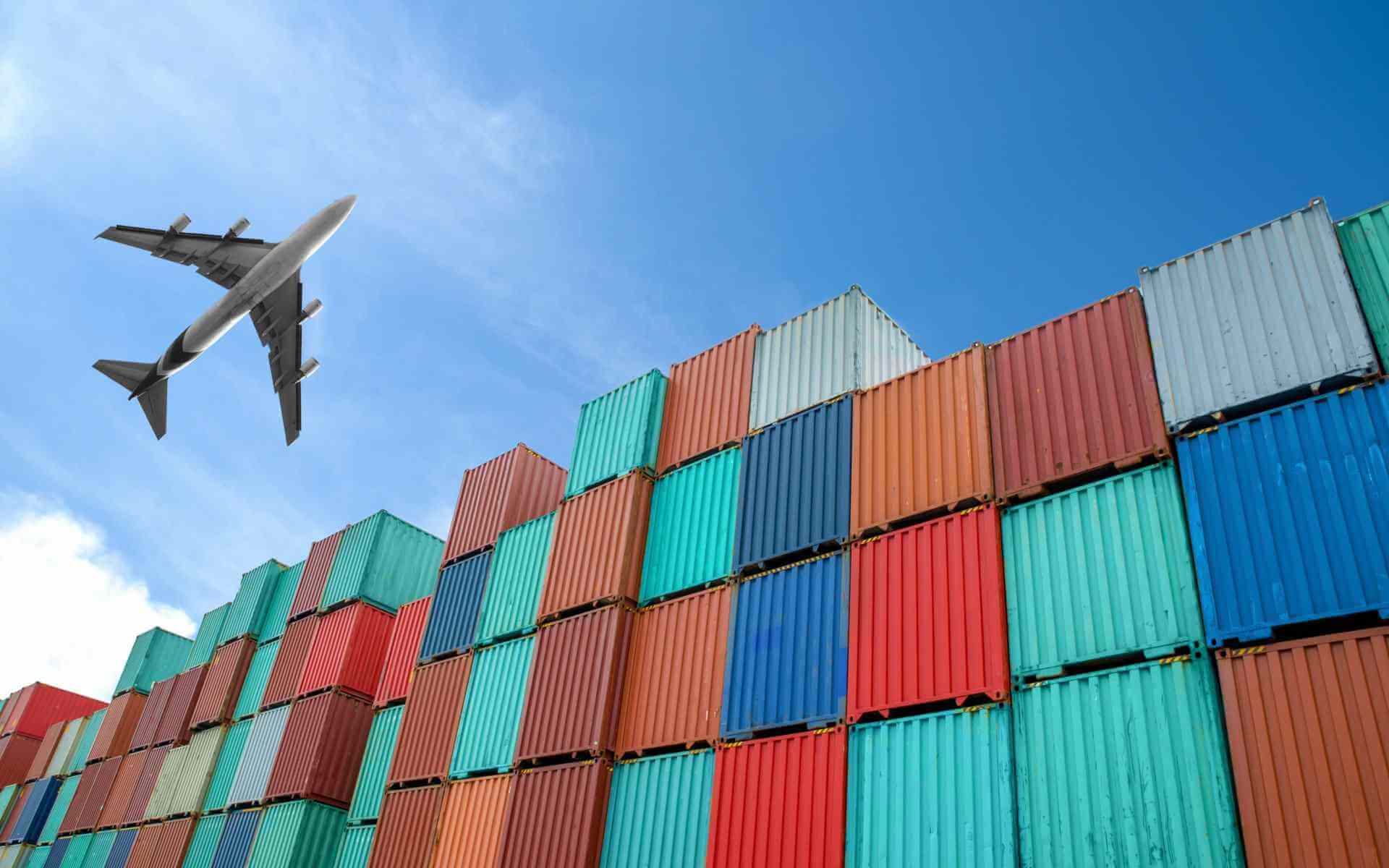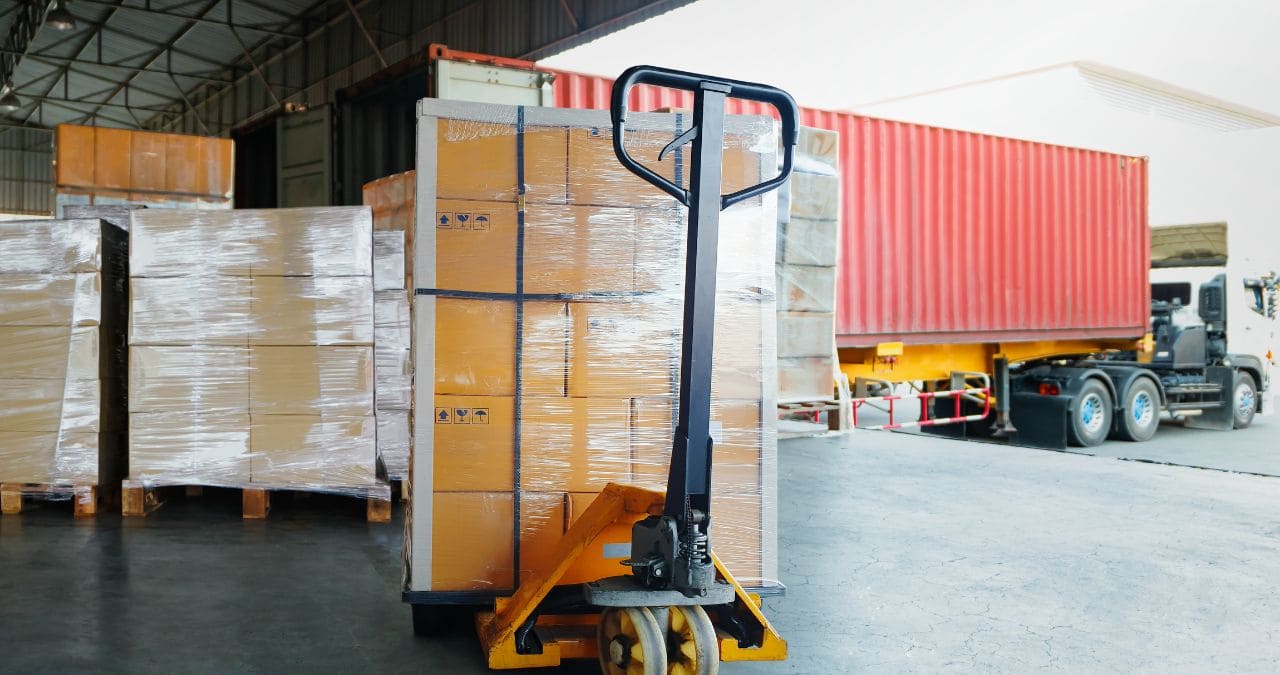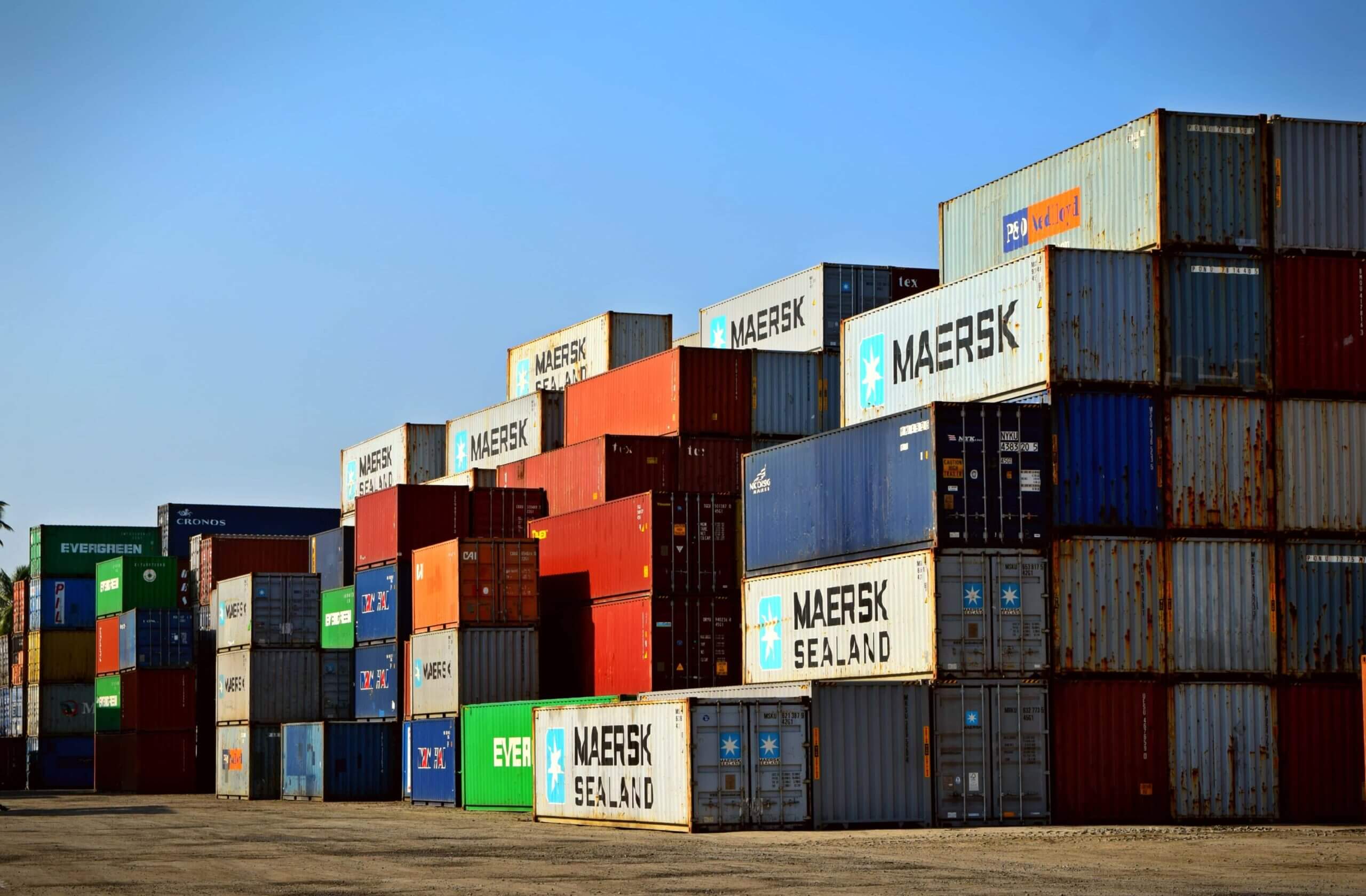
In today’s fast-paced e-commerce world, the last mile of delivery is often the most critical — and the most expensive. This final step, where goods move from a distribution center or warehouse to the end customer, directly impacts customer satisfaction and brand reputation.
Last mile delivery is more than just transportation. It’s about speed, accuracy, cost efficiency, and creating a positive delivery experience. Let’s explore what last mile delivery is, why it matters, and how businesses can overcome its challenges.
What Is Last Mile Delivery?
Last mile delivery refers to the final stage of the shipping process: delivering goods from the last distribution hub to the customer’s door.
It is especially important in:
- E-commerce and retail – where customers expect fast and reliable deliveries.
- Food and grocery services – where timing is critical.
- B2B logistics – when delivering urgent supplies to businesses.
Why Last Mile Delivery Matters
- Customer Experience – A smooth delivery builds trust and loyalty.
- Brand Image – Delays or damaged goods create negative impressions.
- Operational Costs – Last mile accounts for up to 50% of total shipping costs.
- Competitive Advantage – Fast, transparent delivery can set a business apart from competitors.
Key Challenges in Last Mile Delivery
- High Costs
- Fuel, labor, and infrastructure make last mile the most expensive stage of logistics.
- Traffic Congestion and Route Inefficiency
- Urban deliveries often face delays due to traffic or poor route planning.
- Failed Deliveries
- Customers not at home lead to redeliveries, increasing costs.
- Customer Expectations
- Demand for same-day or next-day shipping puts pressure on logistics providers.
- Environmental Concerns
- High volume of delivery vehicles increases carbon emissions.
- High volume of delivery vehicles increases carbon emissions.
Solutions for Last Mile Delivery
- Route Optimization Software
Using technology to calculate the fastest, most efficient delivery routes. - Real-Time Tracking
Providing customers with updates improves transparency and reduces “Where is my order?” inquiries. - Alternative Delivery Methods
Parcel lockers, pickup points, and drones help cut costs and improve convenience. - Collaboration with Local Couriers
Partnering with smaller courier networks for faster urban delivery. - Green Delivery Initiatives
Electric vehicles and bike couriers help reduce environmental impact. - Flexible Scheduling
Allowing customers to choose preferred delivery windows reduces failed attempts.
Future Trends in Last Mile Delivery
- Autonomous vehicles and drones for automated last mile.
- AI and big data to predict demand and improve planning.
- Micro-fulfillment centers located closer to end consumers.
- Sustainable delivery models with eco-friendly fleets and packaging.
Last mile delivery is both a challenge and an opportunity. While it represents the most expensive and complex part of logistics, it also offers businesses a chance to stand out with excellent customer service.
By investing in technology, sustainable practices, and flexible delivery models, companies can reduce costs, improve efficiency, and satisfy customer expectations.
For reliable global shipping and logistics solutions, including last mile delivery support, RAM Shipping provides tailored services to keep your supply chain moving.



